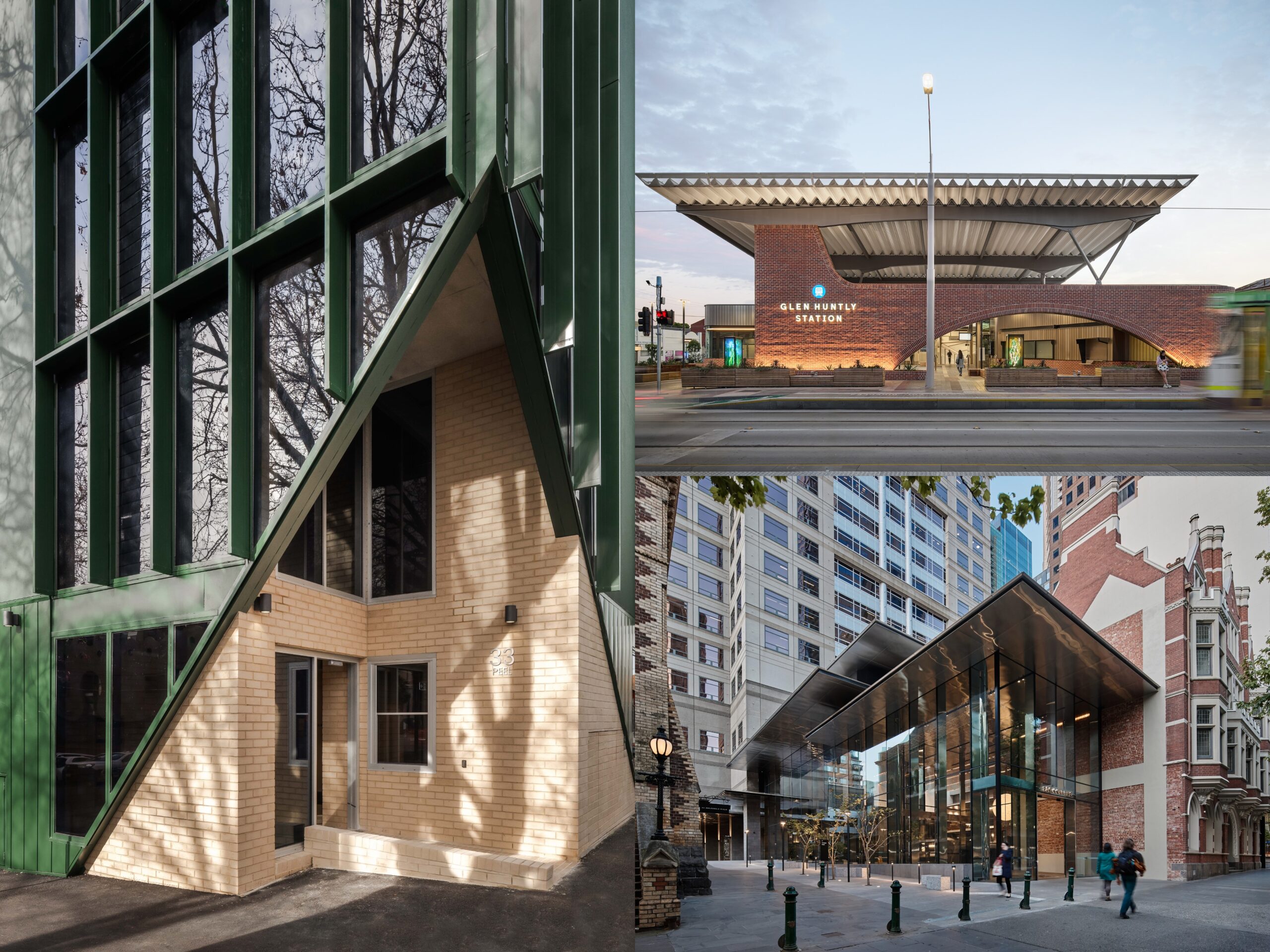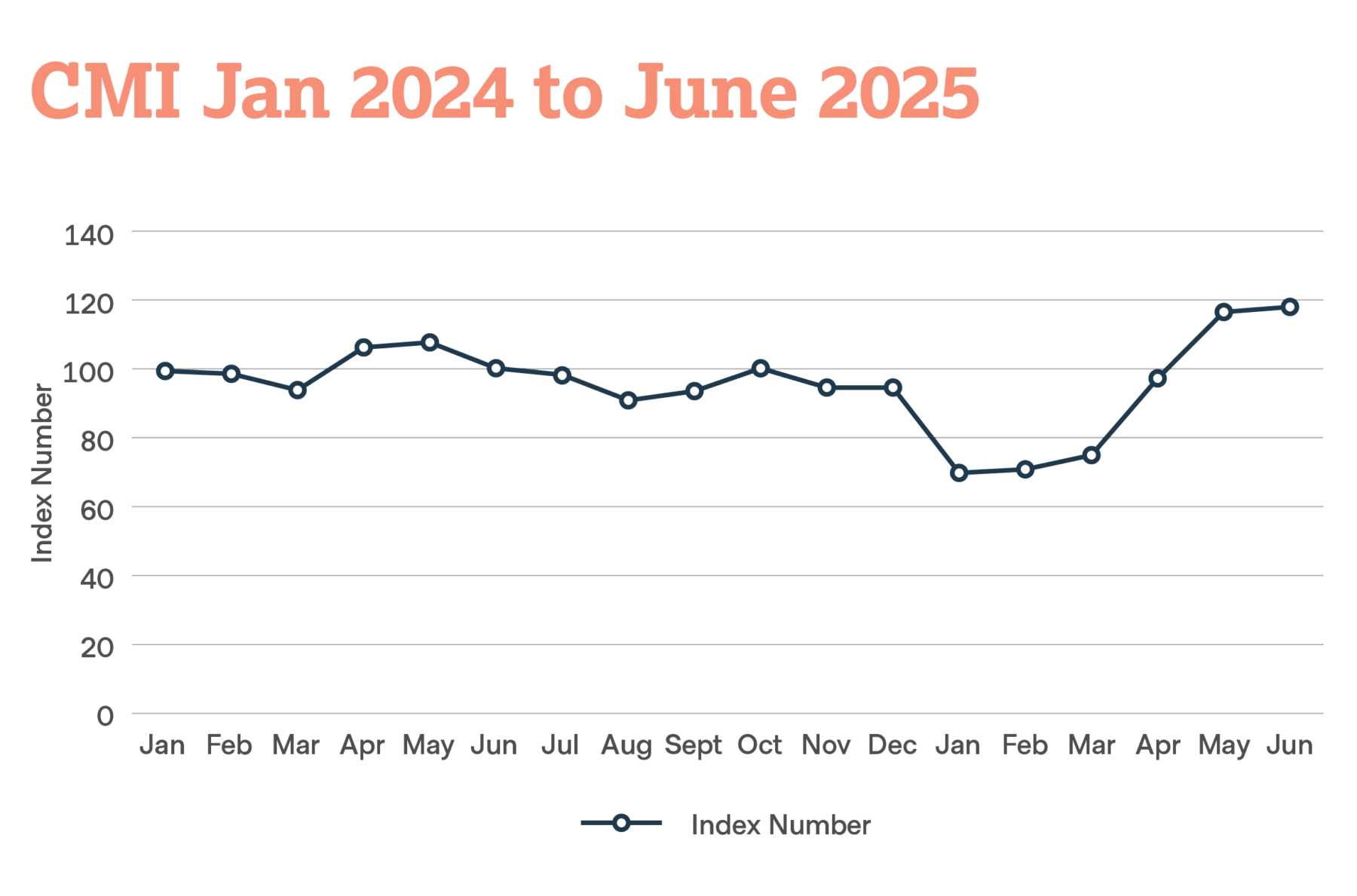In the Australian commercial property world, 2020 will be a defining year for many shopping centre groups. The retail market is heading for another turbulent year with an increasing list of store closures, changing demographics, changing technology, changing distribution models and lower discretionary funds.
Sales Performances
Official figures from the ABS to the end of November showed that Australian retail turnover rose 0.9% on the previous month. The results were pleasing but
reflected strong growth in Black Friday sales which lifted volumes but did little to assist retailer margins.
For many retailers, any hope of a strong Christmas trading period then seemed to vanish as evidence of early discounting usually reserved for Boxing Day sales was seen across the country.
The expectations are that the December Retail Trade figures, due out on 6th Feb, will show growth on November, but well below the typical December gain, as consumers appeared to respond more cautiously this Christmas due to worsening drought conditions, the bush fire crisis and general uncertainty.
Store Closures
The poor Christmas trading results were too much for many retailers with store closures the only solution to their trading difficulties.
The extent of store closures so far in 2020 is beyond expectations with the following retailers unlikely to survive their current voluntary administration plans;
- Bardot (58 stores)
- Australian Geographic (63 stores)
- Harris Scarfe (21 stores)
- EB Games (19 stores)
- Bose (8 stores)
- Jeans West (146 stores)
Of course these follows announcements last year that Myer, Big W, Target will all be closing stores as soon as possible.
The news also that Kaufland has done a back flip on its plans to commence operations in Australia also sends a poor signal to other entrants to the market, effectively reducing the demand for space further from other offshore retailers.
Whilst the 315 stores listed above are just a fraction of the >65,000 specialty shops that exist in Australian Shopping Centres and on their own are not going to create a substantial impact on the outlook of the major landlords, the 315 closures will generate a long list of other retailers asking for a better deal.
Lower Sales = Lower Rents
New leases entered into over the past years are likely to have including fixed rental increases of 3%-4% per annum, which is OK if sales are tracking at or above this rate, however as is shown in the chart, the annual growth in Non Food retail sales has been at less than 2% since mid 2016.
These figures are supported by SCentre's October statement showing that in-store specialty sales grew 1.8% for the year to September whilst Vicinity revealed Specialty store (<400 sqm) moving annual turnover (MAT) growth of 2.0%, both inclusive of food retailers.
The reality is that rents have been increasing faster than sales, placing added pressure on retailers bottom line. The major landlords need to adjust to this reality. In August, SCentre reported that new lease deals were in fact eating away at any income gains with leasing spreads of -4.8% achieved across 1,189 completed lease deals in the half year. SCentre won't be alone in that camp.
Declining head line rents also mean that leasing incentives are likely to be much higher as they are often easier to provide than rental reductions. Leasing incentives are amortised over the term of the lease and should be adjusted in valuations, however any landlord works would likely be record as capital works in the hope that improving cap rates lift values higher than any capital additions.
Lower Rents + Higher Cap Ex = Lower Values
Property capitalisation rates have moved sharper with lower interest rates, however as the second graph reveals, the weighted average cap rates for Shopping Centres has gradually lifted (black line) in recent years. In other real estate sectors the drop in bond rates has been followed by a drop in cap rates, effectively maintaining the risk premium, however this has not been as evident in the retail sector as the market adjust for the extra risks that are now evident. As shown in Graph 2, the gap to 10 year bonds (green line) shows that cap rates are moving well outside the historical long term average band of 2%-4%.
In other words, Shopping Centre values are struggling to hold par with previous years with evidence of declining leasing spreads and softer cap rates seen across the market, particularly Centres with a high proportion of discretionary retailers.
in June 2019, Vicinity announced valuation gains in their flagship centres of 1.2% off the back of consistent cap rates, but with a -3.4% decline in the remaining portfolio. In December 2019, SCA Property Group, which focus more on non discretionary retailers, reported valuation gains of +2.7%.
The next updated will come mid February when the majors will all release the 2019 results.
We expect marginal sales growth and lower valuation gains revealing substantial falls in statutory profits amongst the major groups.
Evolve or Die
In a constantly evolving global market place, anticipating impacts and adapting to change is what sets apart the leaders in any industry. Now more than ever, the challenge for Shopping Centres is how to remain relevant. We will address this in our next opinion piece.



